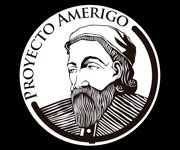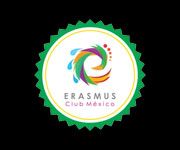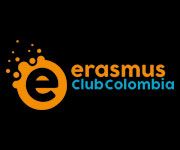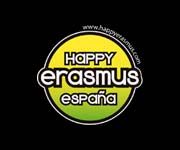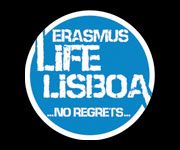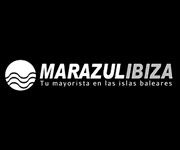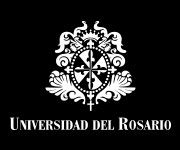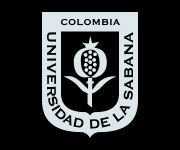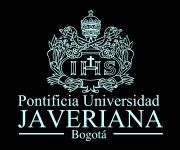Córdoba is a city in Andalusia, Spain, capital of its namesake province, located in a depression on the banks of Guadalquivir ´s river and the foothills of Sierra Morena.
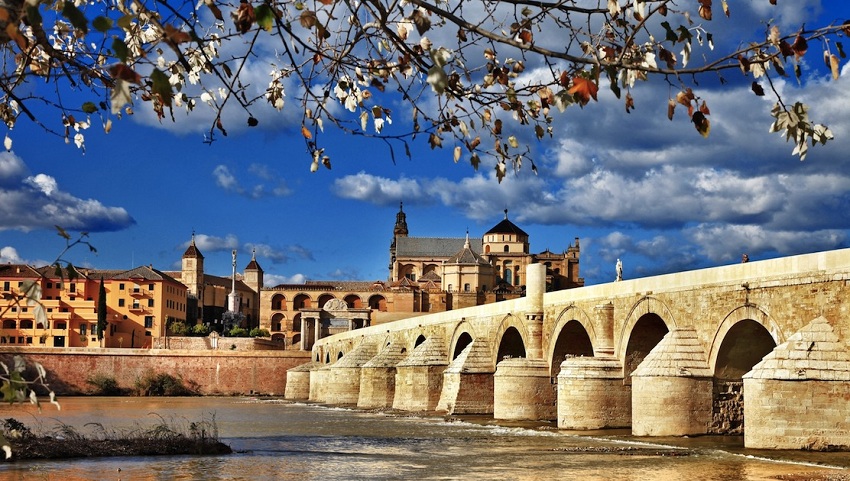
It is, with a population of 327,362 inhabitants in 2015, the third-largest and most populous city in Andalusia after Seville and Málaga. Today it is a medium-sized city, in whose old town we can still see buildings with architectural features of the time when Córdoba was the capital of Hispania Ulterior in the days of the Roman Republic, or Andalusia province during the Roman Empire and the Caliphate of Córdoba during the Muslim era, whose leaders ruled much of the Iberian Peninsula. Archaeological evidence suggests that the city once numbered around one million people around the 10th century, being the largest, cultured and opulent city in the world.
In the city, there were plenty of mosques, libraries, baths, and markets, so it took shape the foundations of the European Renaissance. During the long European Middle Ages, letters and sciences flourished at Corduba. The city had a multitude of fountains, public lighting, and sewage system during the period of greatest splendor of the Caliphate.
The old quarter of the city was declared a World Heritage Site by UNESCO in 1994. Ten years earlier, in 1984, the Mosque of Cordoba had already been declared as such. Córdoba was a candidate to be the European Capital of Culture in 2016, being a finalist to represent Spain. Besides, the Festivity of "Patios" was considered Intangible Cultural Heritage by UNESCO in December 2012.
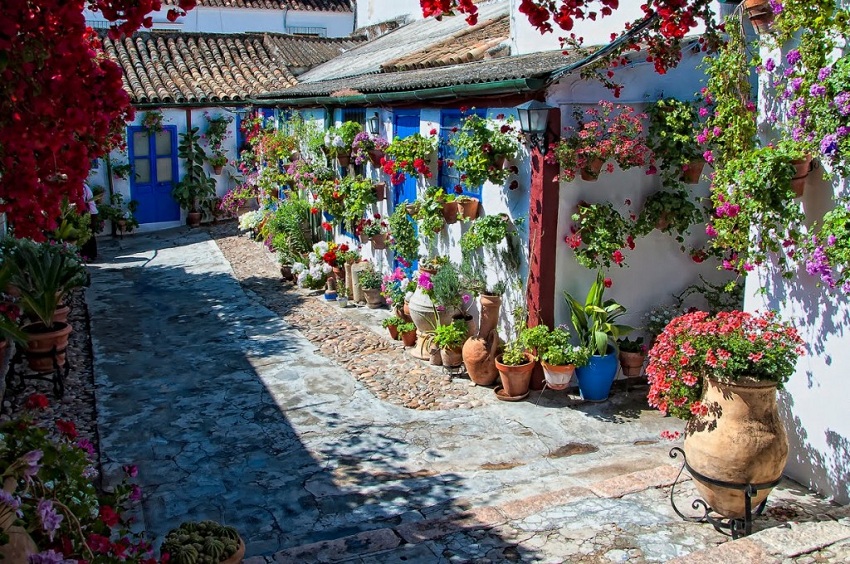
Córdoba has been the birthplace of three great philosophers: the Roman stoic Séneca, the Muslim Averroes and the Jewish Maimónides. In the city were also born poets such as Lucano, Ibn Hazm, Juan de Mena, Luis de Góngora, and Ángel de Saavedra, also known as the Duke of Rivas.

